Guide to Thread Lift in Thailand
.jpg)
Thinking about a thread lift in Thailand? It's a fantastic idea to consider your candidacy thoroughly before making any decisions. Thailand has emerged as a top destination for cosmetic procedures, including thread lifts, due to its combination of skilled medical professionals, advanced clinics, and competitive pricing. But the big question remains: is this procedure right for you?
A thread lift is a popular non-surgical alternative for individuals experiencing early signs of aging, such as sagging skin around the jowls, neck, or brows, but who aren't ready for a full surgical facelift. It involves inserting dissolvable threads into the skin to lift and tighten it, while also stimulating collagen production.
This approach offers a more subtle, natural-looking lift with less downtime. Understanding if your specific concerns and overall health align with what a thread lift can achieve, especially when considering medical travel, is crucial for a successful and satisfying experience.
Am I an ideal candidate for a thread lift in Thailand?
Determining if you're an ideal candidate for a thread lift in Thailand involves several factors. Firstly, your age plays a significant role; typically, individuals in their late 30s to early 50s who are experiencing the first signs of facial sagging are the best candidates. At this stage, skin laxity is usually mild to moderate, which a thread lift is designed to effectively address. If you have severe sagging or excessive loose skin, a surgical facelift might be a more appropriate option.
Secondly, your overall health is paramount. You should be in good general health, without any underlying medical conditions that could impair healing or increase surgical risks.
Conditions such as autoimmune diseases, bleeding disorders, or severe allergies to materials used in the procedure could contraindicate a thread lift. It's also important to have realistic expectations about the outcomes. A thread lift offers a noticeable but subtle lift, not a dramatic transformation. It's about enhancing your natural features and restoring a more youthful contour.
Finally, skin quality matters. Candidates with good skin elasticity tend to achieve the best results, as their skin is better able to respond to the lifting and tightening effects of the threads. Smokers or individuals with poor skin health might experience delayed healing or less satisfactory outcomes, so it's often recommended to address these factors prior to the procedure.
What specific signs of aging can a thread lift address?
A thread lift is particularly effective for targeting specific areas of the face and neck where early signs of aging tend to appear. Unlike a traditional facelift that addresses broader areas, a thread lift offers a more targeted approach, making it ideal for those seeking localized improvements. Here are the key signs of aging a thread lift can address:
- Jowls and Jawline: One of the most common concerns is the appearance of jowls, which cause a loss of definition along the jawline. Threads can be strategically placed to lift and tighten this area, creating a more defined and youthful lower face contour.
- Mid-face Sagging (Cheeks): As we age, the fat pads in our cheeks can descend, leading to a flattened appearance and deeper nasolabial folds (lines from the nose to the mouth). A thread lift can gently elevate the cheek area, restoring volume and reducing the prominence of these folds.
- Neck Laxity: Mild sagging in the neck, sometimes referred to as a "turkey neck," can be improved with threads. They can provide a subtle lift, tightening the skin and creating a smoother neck profile.
- Eyebrow Lift: For those with drooping brows or a tired appearance around the eyes, a thread lift can offer a gentle brow lift, opening up the eye area and creating a more refreshed look.
- Fine Lines and Wrinkles: While not its primary function, the collagen stimulation induced by the threads can contribute to an overall improvement in skin texture and a reduction in fine lines over time.
It's important to remember that for deep wrinkles, severe skin excess, or significant fat deposits, other procedures might be more suitable. A thread lift shines in providing a subtle yet noticeable rejuvenation for mild to moderate concerns.
How does a thread lift procedure work?
The thread lift procedure is relatively straightforward and minimally invasive, typically performed under local anesthesia in a clinic setting. The entire process usually takes between 45 minutes to an hour, depending on the number of threads used and the areas being treated. Here's a breakdown of how it works:
- Consultation and Marking: First, you'll have a detailed consultation with your surgeon to discuss your aesthetic goals. The surgeon will then mark the areas on your face where the threads will be inserted and the direction of the lift. This step is crucial for achieving symmetrical and natural-looking results.
- Anesthesia: Local anesthesia is administered to numb the treatment areas, ensuring you remain comfortable throughout the procedure. Some clinics may also offer a mild sedative to help you relax.
- Thread Insertion: Using a fine needle or cannula, the surgeon carefully inserts the dissolvable threads just beneath the skin. These threads have tiny barbs, cones, or cogs that grasp onto the underlying tissue. Once inserted, the surgeon gently manipulates the threads to lift and reposition the skin to the desired elevated position. The excess thread is then trimmed and hidden beneath the skin.
- Collagen Stimulation: Beyond the immediate physical lift, the threads continuously stimulate the body's natural collagen production. As the threads slowly dissolve over several months, they create a 'scaffold' of new collagen, which helps to maintain the lifted effect and improve skin firmness and elasticity even after the threads are gone.
The threads used are made from biocompatible, absorbable materials like Polydioxanone (PDO), Poly-L-lactic acid (PLLA), or Polycaprolactone (PCL), which have been safely used in medical applications for many years. These materials naturally break down and are absorbed by the body over time.
What types of threads are used in a thread lift?
The effectiveness and longevity of a thread lift largely depend on the type of threads used. Each material has unique properties that make it suitable for different aesthetic goals and patient needs. Understanding these differences can help you discuss options with your surgeon.
Here are the main types of threads:
| Thread Type | Material | Dissolution Time | Key Benefits |
|---|---|---|---|
| PDO Threads | Polydioxanone | 6-9 months | Strong initial lift, excellent collagen stimulation, widely used. Available in various forms (mono, cog, screw). |
| PLLA Threads | Poly-L-lactic Acid | 12-18 months | Stronger and longer-lasting collagen stimulation, gradual and natural-looking results. Often used for volume and lift. |
| PCL Threads | Polycaprolactone | 24 months or more | Most durable, longest-lasting collagen stimulation, very flexible. Newer option with extended results. |
Your surgeon will recommend the most suitable thread type based on your skin condition, the degree of lift required, and your desired longevity of results. Often, a combination of different thread types or forms (e.g., barbed threads for lifting, smooth threads for collagen production) might be used to achieve optimal outcomes for a thread lift in Thailand.
Why is Thailand a popular destination for thread lifts and cosmetic procedures?
Thailand has firmly established itself as a global hub for medical tourism, and cosmetic procedures like thread lifts are a significant part of this appeal. Several factors contribute to its popularity, drawing patients from around the world:
- Cost-Effectiveness: One of the primary drivers is the substantial cost savings. Cosmetic procedures in Thailand, including thread lifts, are often a fraction of the price compared to Western countries, without compromising on quality. This makes high-quality aesthetic treatments accessible to a wider range of people.
- High Standard of Care and Expertise: Many Thai clinics and hospitals are internationally accredited (e.g., JCI accreditation), meaning they adhere to stringent global healthcare standards. Surgeons are often highly trained, internationally certified, and have extensive experience in cosmetic procedures, performing a large volume of thread lifts.
- Advanced Technology and Facilities: Thai clinics are typically equipped with state-of-the-art technology and modern facilities, offering a comfortable and safe environment for patients. They continually invest in the latest techniques and equipment for aesthetic medicine.
- Hospitality and Recovery Environment: Beyond the medical aspects, Thailand is renowned for its warm hospitality. Patients can recover in beautiful, serene surroundings, often combining their treatment with a relaxing vacation. This unique blend of medical care and tourism enhances the overall patient experience.
- Privacy and Discretion: For many, the opportunity to undergo cosmetic enhancements away from their home country offers an added layer of privacy and discretion during their recovery period.
These combined elements create a compelling package for individuals seeking high-quality, affordable, and discreet aesthetic treatments like a thread lift.
What is the average cost of a thread lift in Thailand?
One of the compelling reasons many individuals consider a thread lift in Thailand is the significant cost difference compared to Western countries. While prices can vary, understanding the general range and what influences the cost is helpful for planning your medical journey. Here's a breakdown:
- Number of Threads and Areas Treated: The most significant factor influencing cost is the number of threads required and how many facial or neck areas you wish to address. A simple brow lift might require fewer threads than a full mid-face and jawline lift. More threads and more complex treatments naturally lead to a higher cost.
- Type of Threads Used: As discussed earlier, different thread materials (PDO, PLLA, PCL) have varying costs. PCL threads, offering longer longevity, might be more expensive upfront than PDO threads.
- Clinic Reputation and Surgeon's Experience: Highly reputable clinics with internationally trained and experienced surgeons may charge more for their services, reflecting their expertise and track record. However, even these premium clinics in Thailand often remain more affordable than average clinics in other countries.
- Additional Services: Some packages might include follow-up appointments, medication, or even accommodation assistance, which can affect the overall price.
When inquiring about costs, always ask for a comprehensive quote that includes all fees to avoid any surprises. Be wary of prices that seem too low, as this could indicate a compromise on quality or safety. It's always best to choose a reputable clinic with transparent pricing and a strong track record of successful thread lift procedures.
What can I expect during the recovery period after a thread lift?
The recovery period for a thread lift is significantly shorter and less intensive than that of a surgical facelift, making it an attractive option for many. However, it's still crucial to follow post-procedure instructions carefully to ensure optimal healing and results. Here’s what you can generally expect:
- Immediate Post-Procedure: Immediately after the thread lift, you may experience some mild swelling, bruising, and tenderness in the treated areas. These are normal reactions and typically subside within a few days to a week. You might also feel a slight pulling sensation or tightness, which will gradually ease as your skin adjusts to its new position.
- First Few Days: It's recommended to rest and avoid strenuous activities for the first 24-48 hours. Applying cold compresses can help minimize swelling and discomfort. Your surgeon will likely advise against excessive facial expressions, laughing, or wide yawning to prevent disturbing the threads while they settle. Sleeping on your back with your head elevated can also help reduce swelling.
- Weeks 1-4: Most visible bruising and swelling should resolve within the first week. You should continue to avoid vigorous exercise, facial massages, or dental procedures that require opening your mouth wide for about 2-4 weeks. Your surgeon will provide specific guidelines regarding skincare and makeup application. While you can typically return to light daily activities within a day or two, being gentle with your face is key.
Any discomfort can usually be managed with over-the-counter pain relievers. If you experience severe pain, excessive swelling, redness, or signs of infection, contact your clinic immediately. Following your surgeon's instructions diligently is the best way to ensure a smooth recovery and achieve the best possible outcome from your thread lift in Thailand.
How long do the results of a thread lift typically last?
Understanding the duration of thread lift results is important for setting realistic expectations. While a thread lift offers significant benefits as a non-surgical option, its results are not permanent and generally last for a specific period. Here’s a detailed look at what influences the longevity:
- Type of Threads Used: As mentioned, different thread materials dissolve at different rates and stimulate collagen for varying durations.
- PDO threads: Typically dissolve within 6-9 months, with results lasting around 1-2 years due to ongoing collagen stimulation.
- PLLA threads: Dissolve over 12-18 months, offering results that can last up to 2-2.5 years.
- PCL threads: Dissolve over 24 months or more, potentially providing results that extend to 2.5-3 years.
- Individual Factors: Your body's natural rate of collagen production and metabolism play a role. Individuals with faster metabolisms might see threads dissolve more quickly. Lifestyle factors such as sun exposure, smoking, diet, and general skin care routine can also impact how long your results last. A healthy lifestyle and good skincare can help prolong the effects.
- Degree of Skin Laxity: Individuals with mild skin laxity often experience longer-lasting and more dramatic results compared to those with more significant sagging. The initial condition of your skin influences how well it responds to and maintains the lift.
- Surgeon's Technique: The skill and technique of the surgeon in placing the threads and achieving the optimal lift also contribute to the durability of the results.
To maintain the rejuvenating effects, many individuals opt for touch-up procedures or combination treatments with other non-invasive therapies every 1 to 2 years. Regular follow-ups with your aesthetic practitioner can help devise a long-term plan for facial rejuvenation.
Are there any risks or potential side effects associated with a thread lift?
While a thread lift is considered a minimally invasive procedure with a good safety profile, it's essential to be aware of the potential risks and side effects, as with any medical intervention. Transparency about these factors allows you to make an informed decision, especially when considering a thread lift in Thailand.
Common and typically mild side effects include:
- Swelling and Bruising: This is very common and usually subsides within a few days to a week.
- Tenderness or Discomfort: You might feel a dull ache or tightness in the treated areas, which can be managed with over-the-counter pain relievers.
- Dimpling or Puckering: Sometimes, the skin near the insertion points may appear slightly dimpled or puckered. This usually resolves naturally as the threads settle, often within a week or two.
- Visibility of Threads: In rare cases, especially in individuals with very thin skin, the threads might be subtly visible or palpable under the skin.
Less common but more serious risks include:
- Infection: Any procedure that breaks the skin carries a risk of infection. This can be minimized by choosing a reputable clinic that adheres to strict hygiene protocols and by following post-procedure care instructions.
- Nerve Damage: While extremely rare with skilled practitioners, there's a minimal risk of temporary nerve irritation or damage.
- Thread Migration or Extrusion: In some instances, a thread might shift from its intended position or, very rarely, push through the skin. This usually requires removal of the thread.
- Asymmetry: If threads are not placed precisely or if healing is uneven, slight asymmetry could occur. This can often be corrected with additional threads or adjustments.
- Allergic Reaction: Though threads are made from biocompatible materials, an allergic reaction is a theoretical risk.
Choosing an experienced and qualified surgeon, particularly in an accredited facility in Thailand, significantly reduces these risks. A thorough consultation should cover all potential complications and how they are managed.
How do I choose a reputable clinic and surgeon for a thread lift in Thailand?
Selecting the right clinic and surgeon is arguably the most critical step for a successful and safe thread lift, especially when traveling for medical purposes. Thailand offers numerous options, but discerning quality is key. Here’s a guide to help you make an informed choice:
- Check for Accreditations: Prioritize clinics that have international accreditations, such as Joint Commission International (JCI). JCI accreditation signifies that a facility meets rigorous international standards for patient safety and quality of care. This is a strong indicator of reliability and excellence.
- Verify Surgeon's Qualifications and Experience:
- Board Certification: Ensure the surgeon is board-certified in plastic surgery or dermatology.
- Experience with Thread Lifts: Inquire about their specific experience and specialization in performing thread lifts. Ask how many procedures they perform annually.
- Before & After Photos: Request to see a portfolio of their previous thread lift work to assess their aesthetic style and the quality of their results.
- Read Patient Reviews and Testimonials: Look for reviews on independent platforms, forums, and the clinic's website. Pay attention to comments regarding patient satisfaction, communication, facility cleanliness, and aftercare.
- Clinic Facilities and Hygiene: Ensure the clinic maintains high standards of hygiene and uses modern, well-maintained equipment. A clean and sterile environment is crucial for preventing complications like infection.
- Transparent Communication and Pricing: A reputable clinic will offer clear, honest communication. They should provide a detailed consultation, explain the procedure thoroughly, discuss potential risks, and offer transparent pricing with no hidden fees. Be wary of clinics that push for immediate decisions or offer unrealistically low prices.
- Aftercare and Follow-up: Confirm what post-procedure care and follow-up appointments are included, especially important if you are traveling internationally. Good clinics offer comprehensive aftercare instructions and support.
By diligently researching and asking these questions, you can significantly enhance your chances of finding a top-tier clinic and surgeon for your thread lift in Thailand.
Considering a thread lift in Thailand for a more youthful look? PlacidWay is here to help you navigate your medical tourism journey. We connect you with world-class clinics and experienced specialists in Thailand, ensuring a safe and successful procedure tailored to your needs. Explore your options and get started on your path to rejuvenation today by contacting PlacidWay.


.png)

.png)
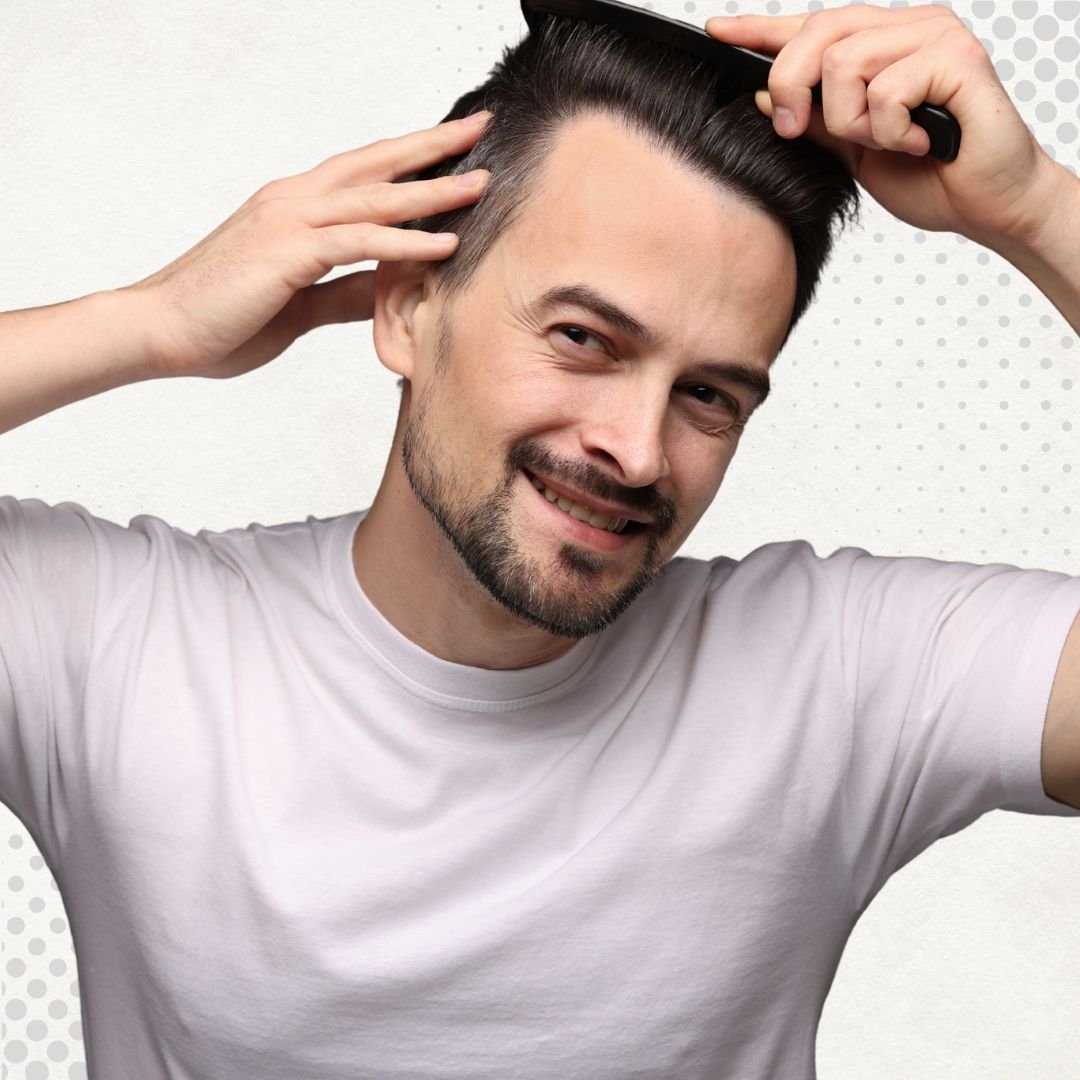



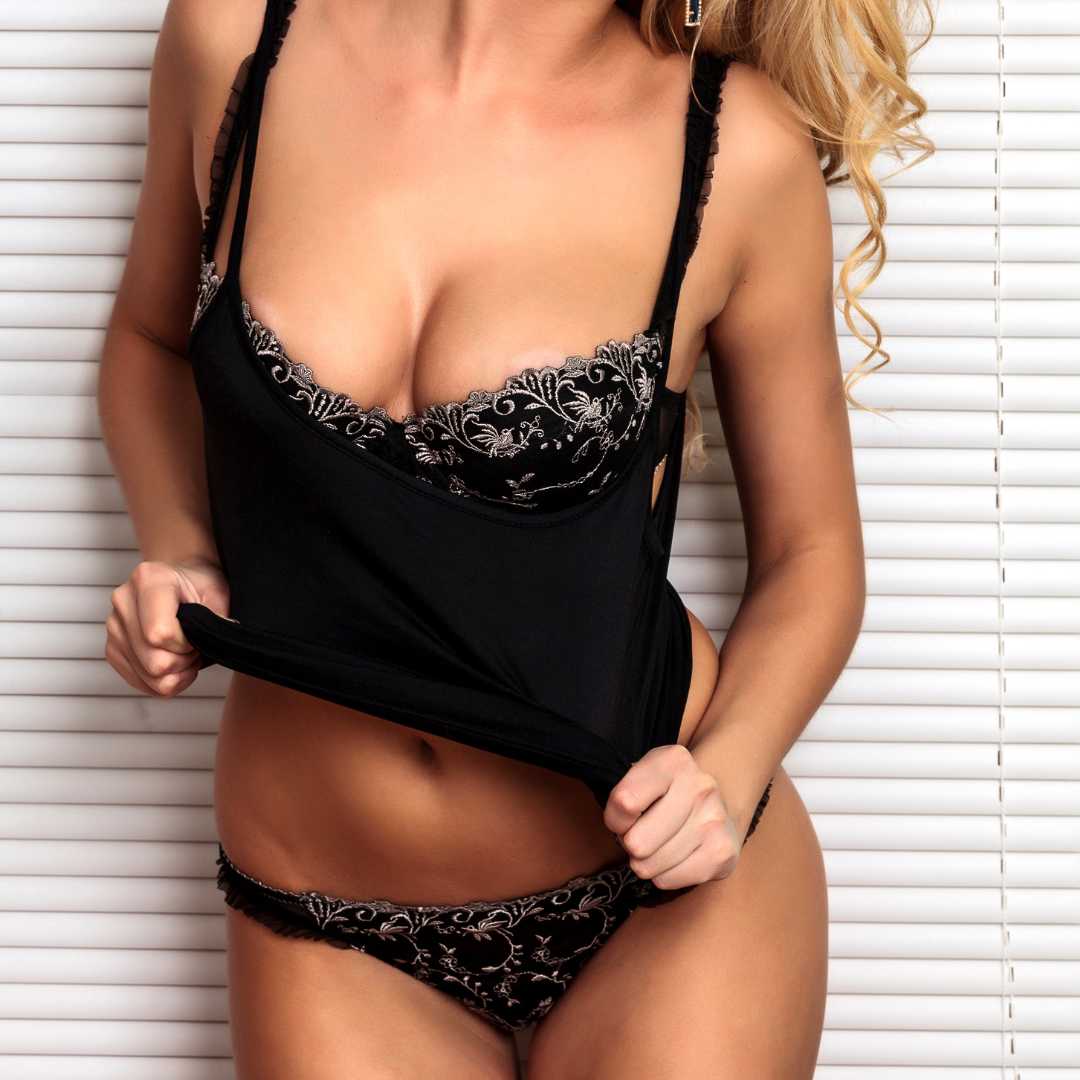



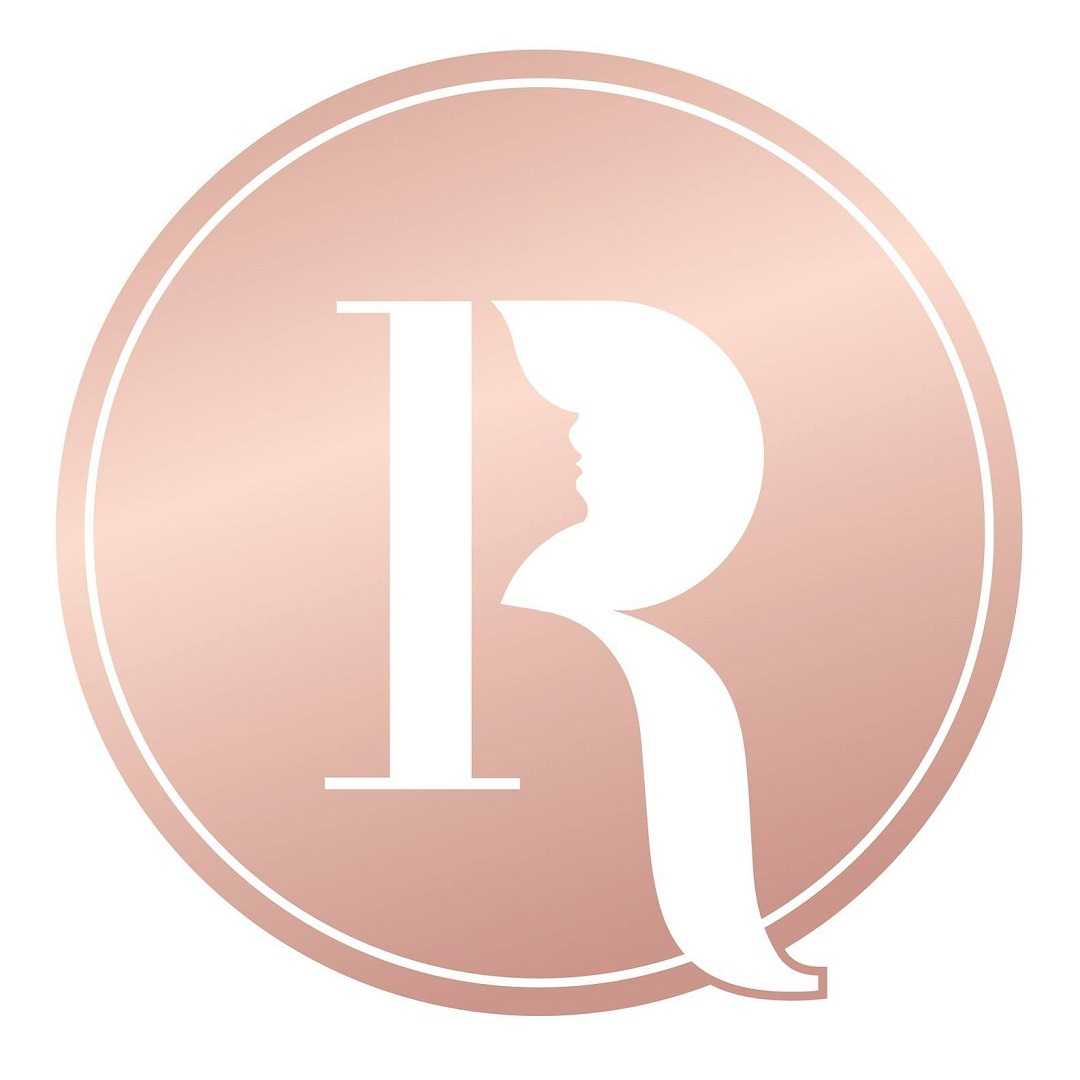
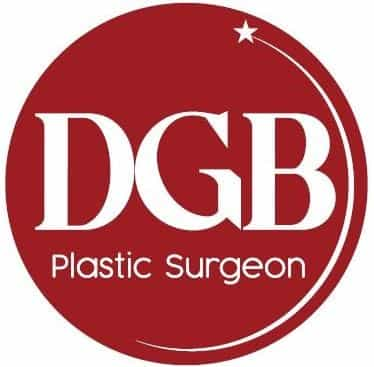
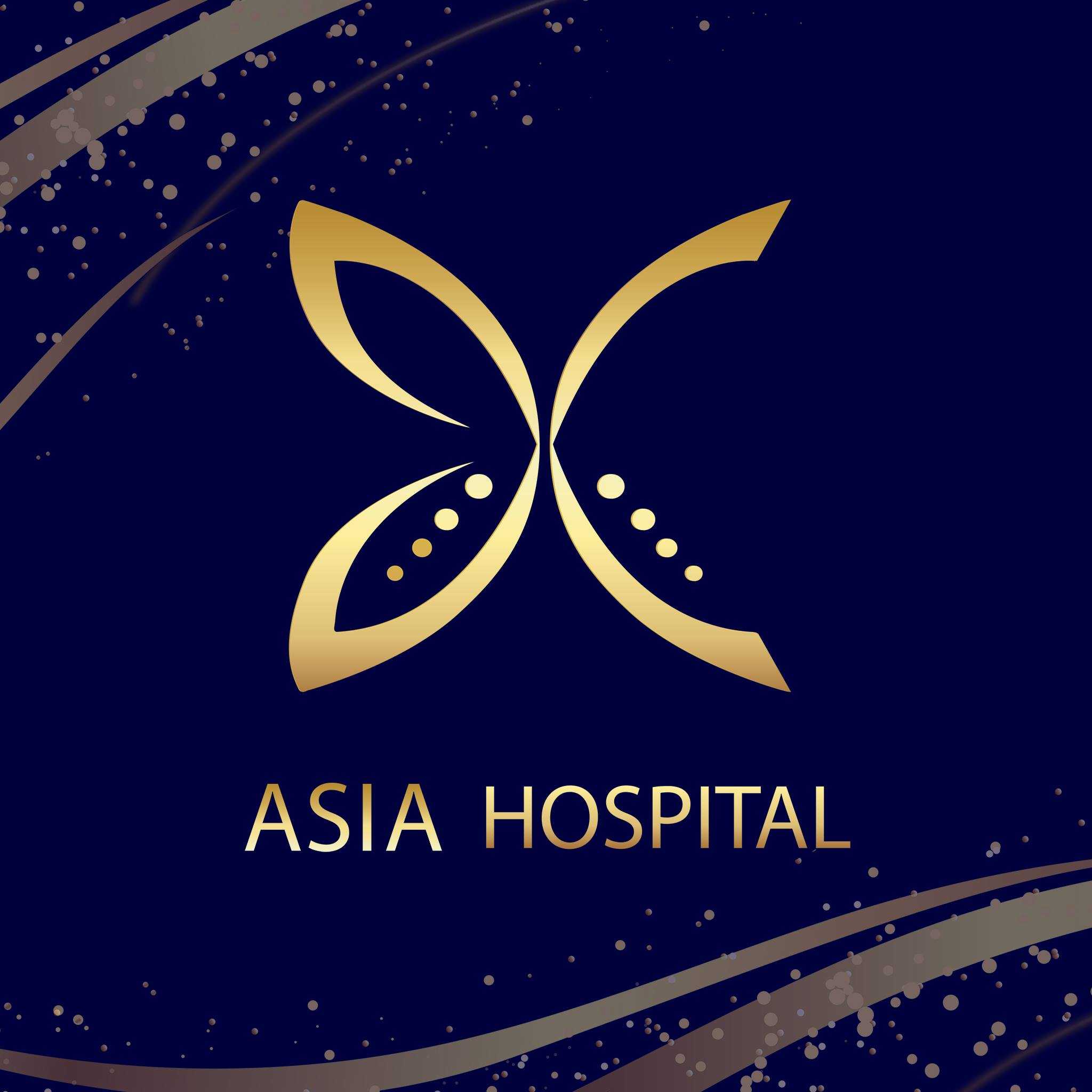

Share this listing